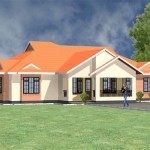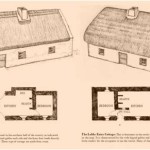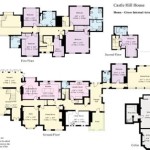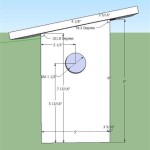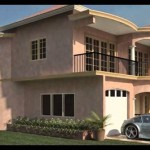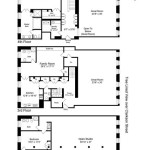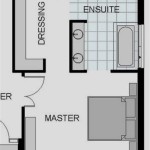Passive Solar Design: Essential Elements for Energy-Efficient Homes
Passive solar design is an architectural approach that harnesses the power of the sun to naturally heat and cool homes, reducing energy consumption and costs. By incorporating specific design elements, homeowners can create comfortable and sustainable living spaces.
1. Strategic Window Placement
Windows play a crucial role in passive solar design. South-facing windows allow sunlight to enter during winter, warming the interior. North-facing windows provide less heat gain but allow for daylighting. Oversized windows or sliding glass doors can maximize solar heat gain.
2. Thermal Mass
Thermal mass materials, such as concrete, stone, or brick, absorb and store heat during the day and release it at night. This helps to regulate室内温度,减少波动。
3. Insulation
Proper insulation is essential for preventing heat loss. Adequate insulation in walls, ceilings, and floors minimizes heat transfer, keeping the home warm in winter and cool in summer.
4. Airtight Construction
Air leakage can significantly reduce the effectiveness of passive solar design. Sealing gaps around windows, doors, and other openings prevents cold air from entering and warm air from escaping.
5. Solar Chimneys
Solar chimneys use natural convection to circulate warm air throughout the home. A chimney-like structure with a dark surface on the outside absorbs heat and creates a draft, pulling warm air from the lower levels and exhausting it at the top.
6. Trombe Walls
Trombe walls are thick, dark-colored walls that face south. They absorb sunlight during the day and release heat into the home at night. The thermal mass of the wall helps to regulate室内温度。
7. Overshading
While sunlight is essential for passive solar design, excessive heat gain during summer months can be a concern. Overshading devices, such as awnings, overhangs, or deciduous trees, can block direct sunlight during the hottest parts of the day.
Benefits of Passive Solar Design
Incorporating passive solar design elements into home plans offers numerous benefits:
- Reduced energy costs
- Increased comfort and well-being
- Environmental sustainability
- Increased resale value
Conclusion
Passive solar design is a cost-effective and environmentally conscious approach to creating comfortable and energy-efficient homes. By carefully considering the elements discussed in this article, homeowners can harness the power of the sun to reduce their reliance on fossil fuels, save money, and enjoy a sustainable lifestyle.

Passive Solar Home In Stoneville Western Coveney Browne Architects

Passive Solar House Plan 2 Bedrms Baths 1418 Sq Ft 146 2710

Passive Solar Home Plan At Alternative Heating Com House Design Homes Plans

Passive Solar House Plans Version 3 Byexample Com

Great Floor Plan For Solar Passive Home In Google Search House Plans Narrow

Passive Solar House Design Ecoliv
What Does A Passive House Cost To Build Leanhaus

Passive Solar House Design

Ranch House Plans For A Passive Solar 1 Bedroom Home

Passive Heating Yourhome

